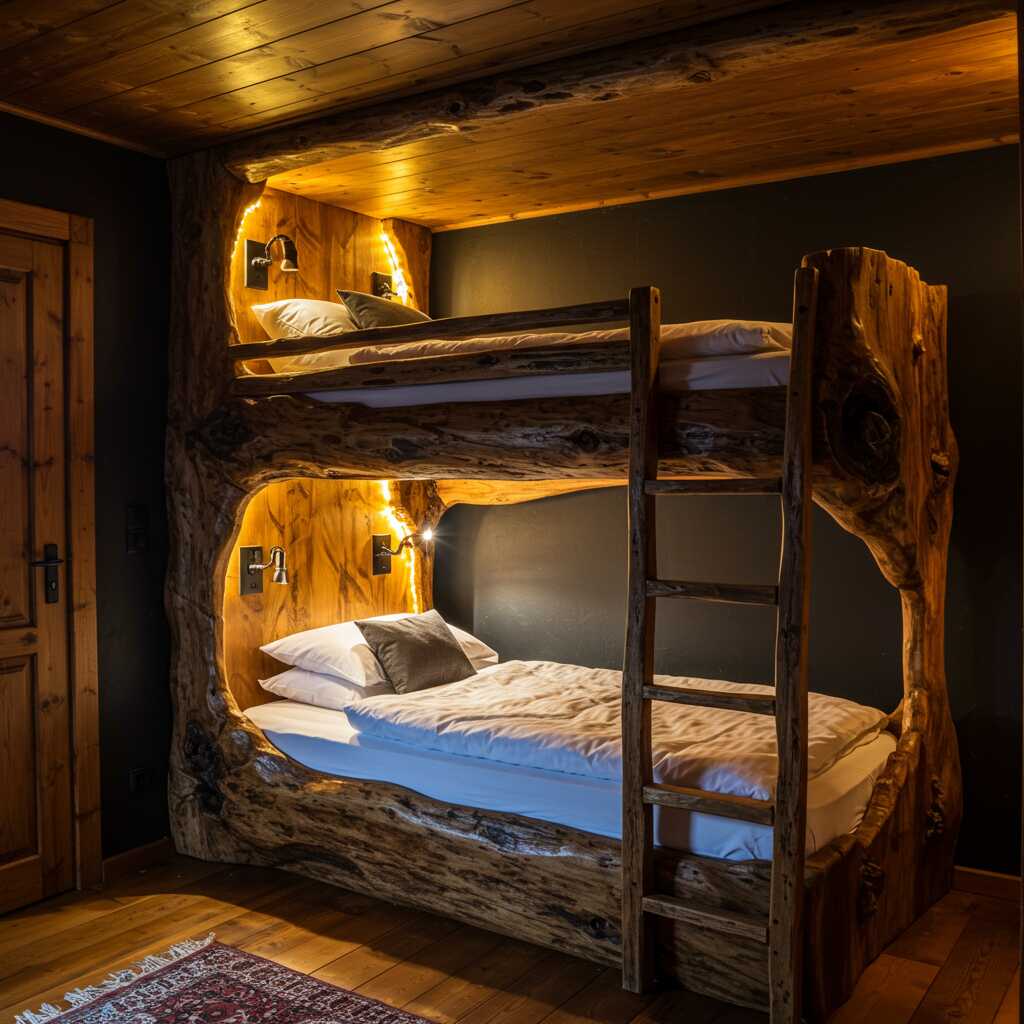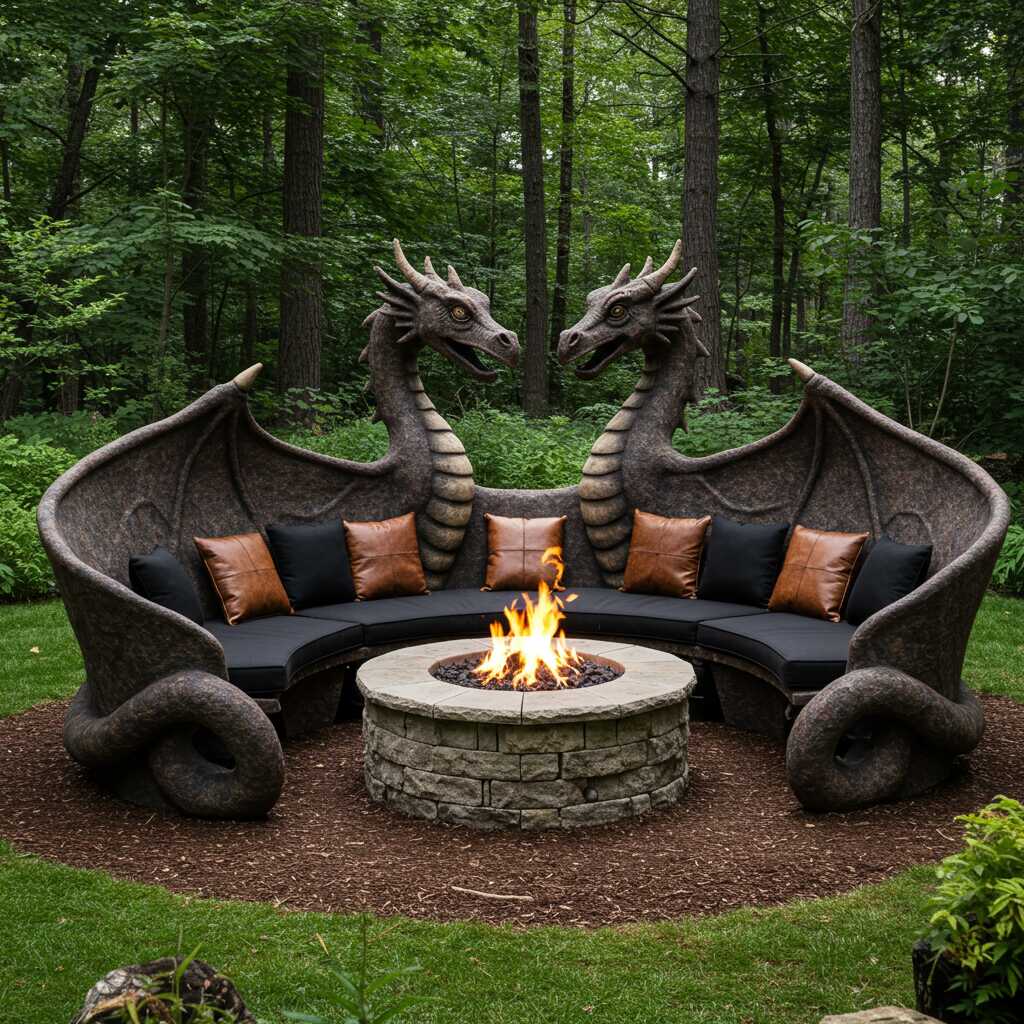In today’s dynamic home environments, the wooden bunk bed has emerged as a remarkable solution that beautifully balances functionality with aesthetic appeal. These versatile sleeping arrangements have transcended their traditional role in children’s bedrooms to become sophisticated pieces of furniture that can adapt to various family dynamics and spatial requirements. The inherent warmth and natural beauty of wood bring a timeless quality to any living space, while the customizable nature of these bunk beds allows families to create sleep solutions that perfectly match their unique circumstances. From growing families seeking efficient use of limited space to those looking to create multi-functional rooms without compromising on style, wooden bunk beds offer an exceptional combination of practicality and elegance. Their ability to be tailored to specific needs makes them particularly relevant in modern homes where space optimization and personalization are increasingly important considerations. Whether it’s accommodating multiple children in a shared bedroom or creating a guest-friendly environment that maintains everyday utility, the wooden bunk bed stands out as a remarkably adaptable furniture choice that can grow and evolve alongside changing family dynamics.
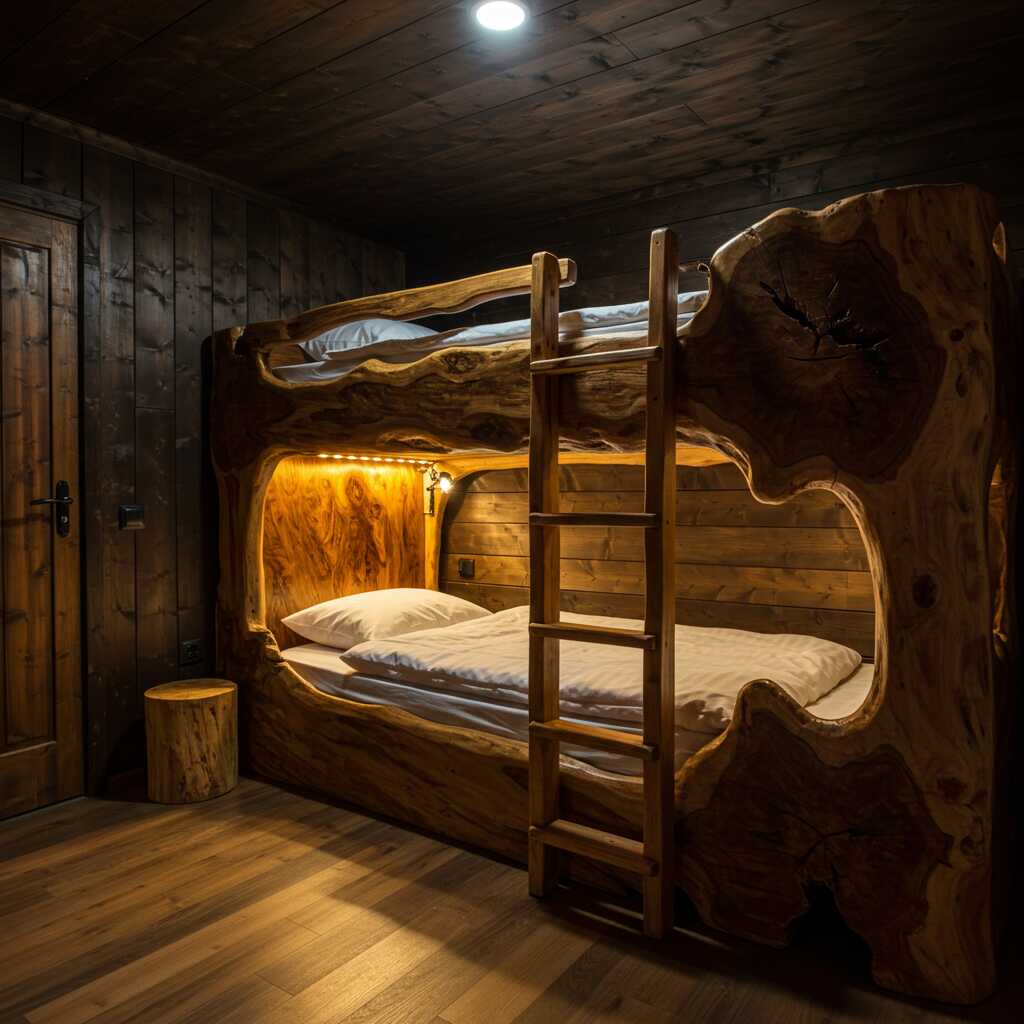
The Versatility of Customization Options
The true magic of wooden bunk beds lies in their remarkable capacity for customization, offering families unprecedented flexibility in designing their perfect sleep solution. At its core, this versatility manifests through a wide array of configuration possibilities that cater to diverse spatial requirements and functional needs. Families can choose between classic stacked designs, L-shaped arrangements that maximize corner spaces, or even triple-tiered configurations that make optimal use of vertical dimensions in smaller rooms. This structural adaptability extends beyond mere arrangement patterns; many wooden bunk beds can incorporate additional features such as integrated desks, storage compartments, or built-in ladders that double as shelving units, transforming a simple sleeping area into a multifunctional haven.
Material selection represents another crucial aspect of customization, with various wood types offering distinct aesthetic and practical characteristics. While oak provides a robust, traditional look with its prominent grain patterns, maple offers a smoother, more contemporary appearance. For those seeking a warmer tone, cherry wood develops a rich patina over time, while pine presents an affordable yet charming option with its light, airy feel. The choice of wood not only influences the visual impact but also determines factors like weight-bearing capacity and maintenance requirements, allowing families to select materials that best suit their lifestyle and environmental conditions.
Design elements further expand the customization potential of wooden bunk beds, enabling homeowners to create truly personalized spaces. Safety features such as custom rail heights, angled ladder designs, and protective barriers can be tailored to individual preferences and age-appropriate requirements. Aesthetic enhancements might include carved details, decorative panels, or customized paint finishes that complement existing room decor. Many wooden bunk beds now incorporate innovative features like adjustable mattresses supports, convertible components that transform from toddler beds to full-size options, and modular sections that can be reconfigured as family needs evolve. This level of customization ensures that each wooden bunk bed becomes more than just a piece of furniture – it transforms into a carefully considered solution that grows with the family, adapts to changing needs, and reflects personal style preferences while maintaining its core functionality.
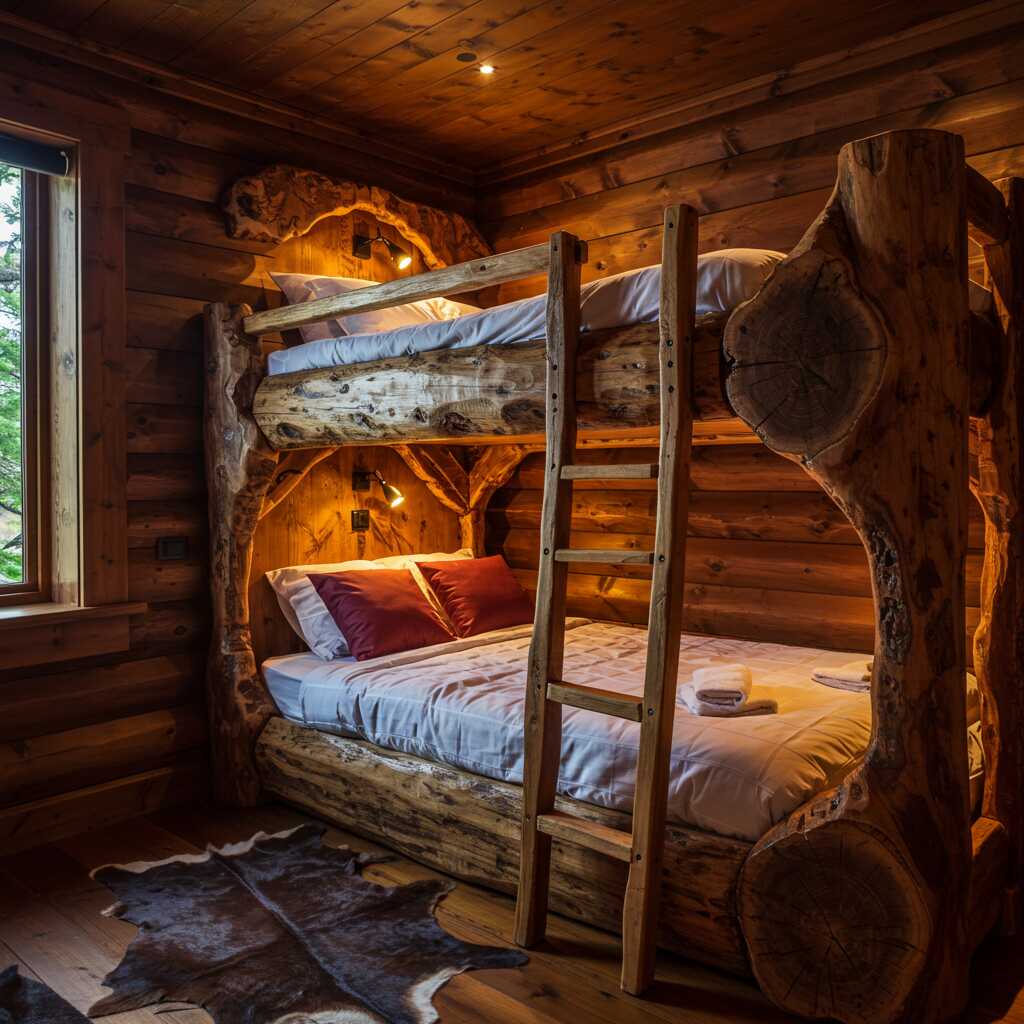
Space Optimization and Practical Benefits
Wooden bunk beds revolutionize space utilization in modern homes, offering ingenious solutions that address the challenges of compact living environments. Their vertical design creates valuable floor space beneath and around the structure, opening up possibilities for enhanced room functionality. Families can transform what would typically be dedicated sleeping areas into versatile multipurpose spaces, incorporating study zones, play areas, or relaxation corners without sacrificing essential sleeping accommodations. The efficient use of vertical space particularly benefits smaller bedrooms, where traditional single beds would consume precious square footage, often leaving little room for other essential activities.
The safety features integrated into modern wooden bunk beds represent a significant advancement in design thinking. Reinforced guardrails, strategically positioned at optimal heights, provide secure boundaries while allowing easy access. Sturdy ladders with wide, non-slip steps ensure safe ascension and descent, often featuring handrails for additional stability. Rounded edges and smooth finishes eliminate potential hazards, making these structures suitable for both children and adults. Some designs incorporate innovative safety mechanisms, such as automatic locking systems for upper bunks and anti-slip surfaces on steps, demonstrating how modern engineering enhances the basic concept of bunk beds.
Beyond safety, wooden bunk beds contribute significantly to improved organizational efficiency within living spaces. Integrated storage solutions, such as drawers beneath lower bunks or shelving units incorporated into the frame, help maintain clutter-free environments. Some designs feature cleverly concealed compartments within the bed structure itself, maximizing storage without compromising aesthetics. The separation of sleeping areas provided by bunk beds creates distinct personal spaces within shared rooms, promoting better sleep hygiene and privacy. This spatial delineation proves particularly beneficial for siblings sharing a room, as it helps establish individual territories while maintaining the communal aspect of shared living. The psychological comfort derived from having designated personal areas, combined with the practical benefits of optimized space usage, demonstrates how wooden bunk beds serve as comprehensive solutions to modern living challenges.
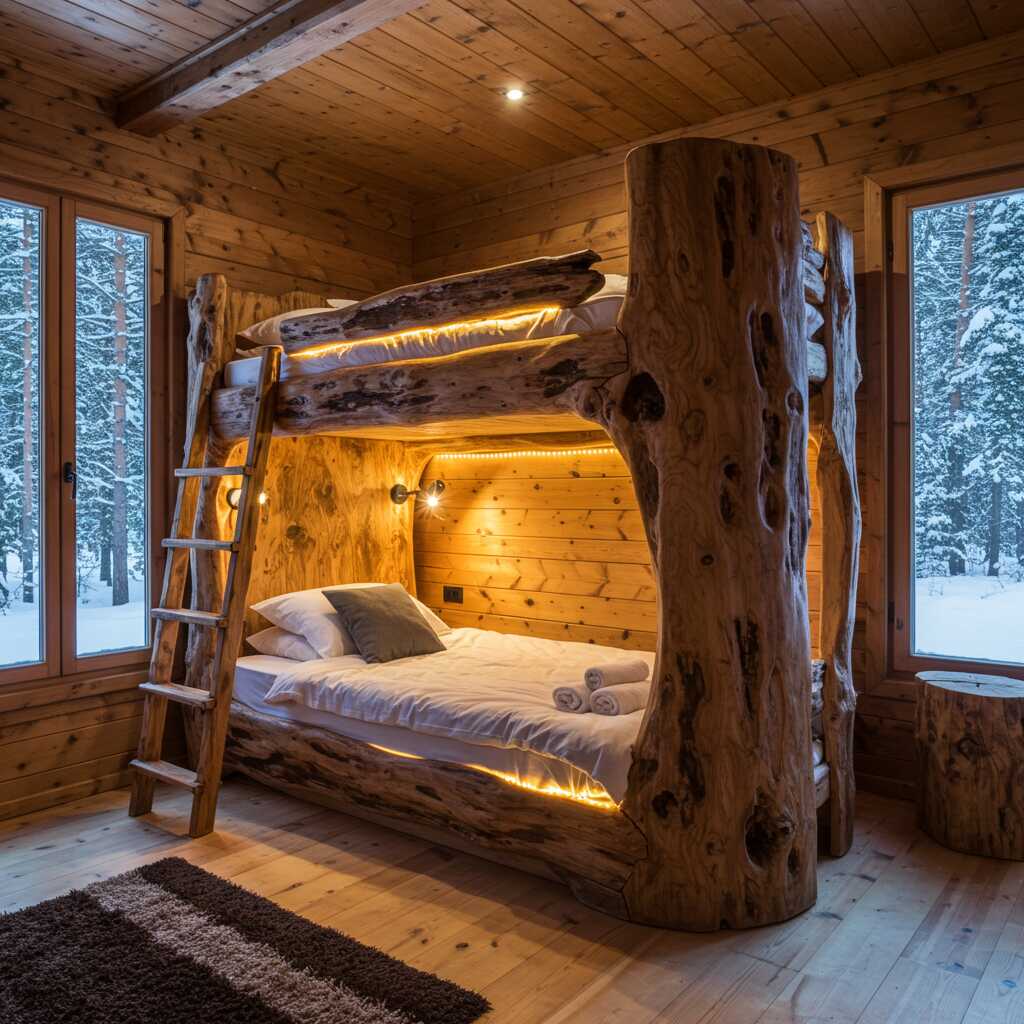
Enhancing Family Dynamics and Room Versatility
Wooden bunk beds serve as transformative elements in family living spaces, fostering stronger bonds while providing practical solutions for diverse household needs. In homes with multiple children, these structures naturally encourage social interaction and cooperation, creating shared experiences that strengthen sibling relationships. The shared sleeping arrangement promotes communication and mutual understanding, while still allowing for personal space through thoughtful design elements like individual reading lights or privacy curtains. This balance between togetherness and independence proves particularly valuable during formative years, helping children develop essential social skills in a comfortable, familiar environment.
The adaptability of wooden bunk beds extends far beyond traditional children’s bedrooms, making them invaluable assets in creating flexible living spaces throughout the home. Guest rooms benefit tremendously from bunk bed installations, allowing hosts to accommodate multiple visitors without dedicating an entire room solely to occasional use. During off-peak periods, these spaces can seamlessly transition back to home offices, craft rooms, or meditation areas, maintaining their primary function while offering temporary sleeping solutions when needed. The sturdy construction and elegant wood finishes ensure these pieces complement adult spaces just as effectively as they do children’s rooms, bridging the gap between practical accommodation and sophisticated interior design.
For families with evolving needs, wooden bunk beds prove exceptionally versatile in accommodating different age groups and purposes. Young children can start with lower bunk configurations that prioritize easy access and safety, while older teens might prefer loft-style arrangements that free up floor space for study areas or recreational zones. The ability to reconfigure or adapt these structures over time means they remain relevant and useful throughout various life stages. Grandparents’ homes can utilize bunk beds to comfortably host grandchildren during visits, while young professional housemates might appreciate the efficient use of space in shared apartments. This cross-generational appeal demonstrates how wooden bunk beds transcend traditional applications, becoming integral components of modern family living that support diverse lifestyles and evolving household dynamics.
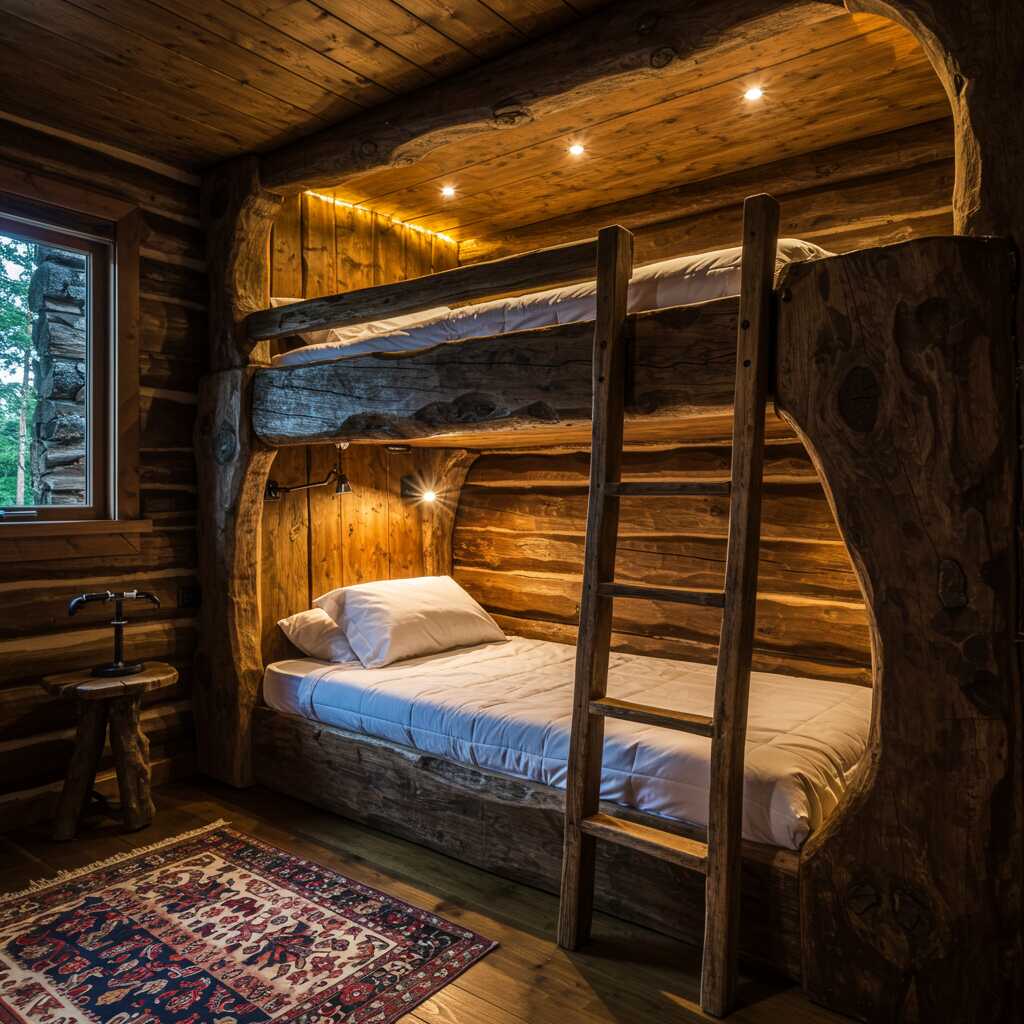
Conclusion: Embracing the Transformative Potential of Wooden Bunk Beds
As we’ve explored throughout this discussion, wooden bunk beds stand as remarkable testaments to the perfect marriage of functionality and personalization in modern home design. Their ability to transform living spaces while catering to specific family needs makes them indispensable solutions for contemporary households. The natural beauty of wood brings warmth and character to any room, while the extensive customization options ensure that each installation becomes a unique reflection of its occupants’ lifestyle and preferences. From optimizing limited square footage to fostering family connections, and from enhancing safety features to creating versatile living environments, wooden bunk beds demonstrate an unparalleled capacity to adapt to diverse situations and requirements.
The significance of wooden bunk beds extends beyond their immediate practical applications, representing a thoughtful approach to space utilization and family living. They embody the principles of sustainable design, efficient resource management, and thoughtful consideration of human needs. Whether serving as central features in children’s bedrooms, flexible solutions in guest quarters, or innovative answers to urban living challenges, these structures consistently prove their worth as adaptable, long-lasting additions to home environments. Their presence in a home speaks to a commitment to thoughtful design, practical problem-solving, and the creation of spaces that genuinely serve their inhabitants’ evolving needs. As families continue to seek ways to optimize their living spaces while maintaining personal touches and functional integrity, wooden bunk beds will undoubtedly remain essential components of modern home design, offering solutions that are as varied and dynamic as the families they serve.
